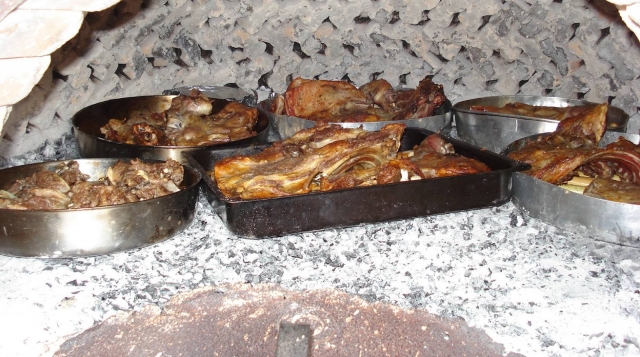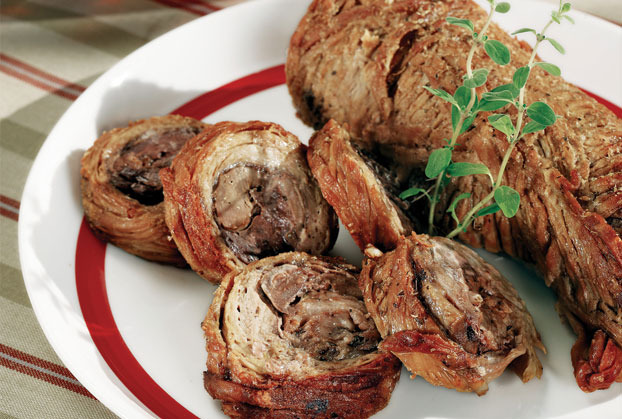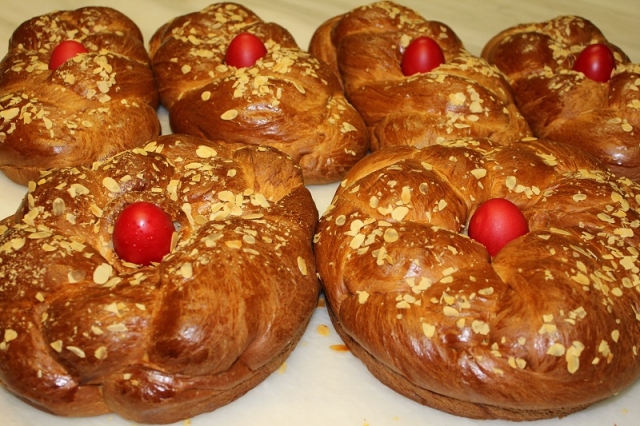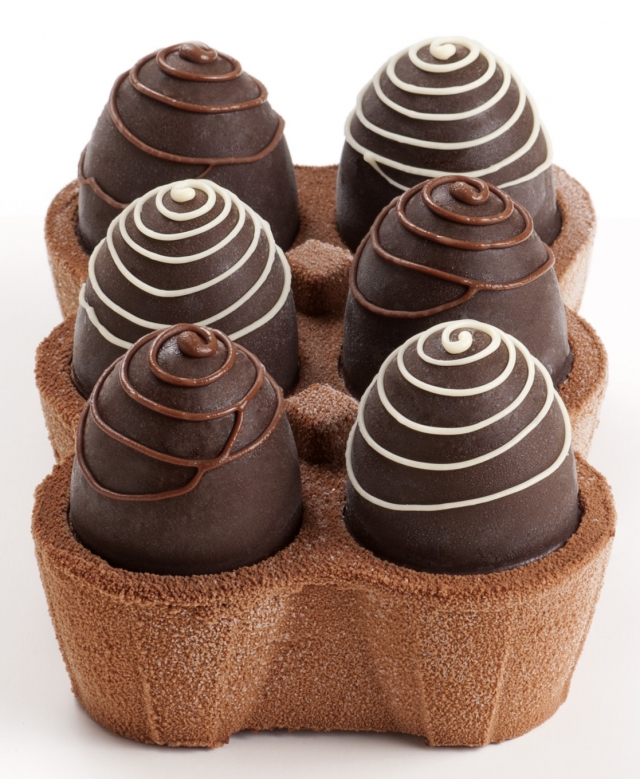Lamb or kid meat, eggs and Tsoureki (sweet Easter bread). Several days before Easter, consumers start shopping for the traditional holiday. However, they must be particularly careful not to end up with unpleasant surprises.
A few days before the start of the Holy Week, the Greek organization of food control, EFET, has issued a communication containing guidelines to the consumers. The controlling authorities advise them to buy products from licensed and controlled shops, which store them in refrigerators. In addition, they should pay attention to the hygiene of the personnel and the cleanliness of the equipment and the premises of the shop from which they decide to make part of their purchases.
One of the most important elements of lamb is the stamp of the veterinary authorities responsible for its quality control on it. The same applies to lamb intestines, for which there is particular demand at this time of the year. Here is EFET’s description of the designation of the meat:
- The stamp is blue-green or red ("allura") in colour and oval in shape.
- The lambs imported from countries that are not members of the European Union, whether they have been slaughtered in Greece or not, must be marked with a stamp in brownish colour.
- There should be stamps on both halves of the lamb.

- The guts, liver, lungs, heart and kidneys must not have nodules or cysts.
- If the lamb package is frozen, it should not be thawed out. Also, check the dates of freezing and the expiry date.
- The chitterlings, with which the dish kokoretsi or the traditional magiritsa soup are made, should not be unnatural in colour nor should they be exposed to open air, where they can be contaminated by dust or insects. Clean them carefully before cooking.

Consumers should be very careful when buying dairy products and sausages.
- Cheese must be produced only by licensed dairies. Do not ever buy "fresh cheese" from unlicensed manufacturers.
- Cheese must be marked with an oval stamp, which displays the initials of the state and the license number of the manufacturer. The dates of manufacture, packaging and expiry must be marked on the package.
- When buying sliced yellow cheese, it should be sliced in front of the consumer. Ask to see the description on the original packaging.
- The packaging must be clean, dry and without signs of mould.
- The smell and taste should not be bad.
- Sausages should not be greasy and sticky outside.
- They should be fresh in colour.
- They must be stored in refrigerators except for dried sausages that can be stored out of the refrigerator, in a shady place and at a temperature of up to 18 °C, as long as they are not sliced.

Eggs are respected at this time of the year and consumed in large quantities. Here's what we should pay attention to when we buy fresh or chocolate eggs for Easter.
- All eggs must be marked with the stamp of the manufacturer.
- Avoid buying eggs with a dirty and cracked shell that looks unnatural too.
- Avoid eating eggs, which are stained with blood, or if the egg white is opaque, coloured or mixed with egg yolk, or if the egg smells bad.
- When you buy eggs, do not wash them and store them in a cool place.
- The size of the air chamber between the outer shell and the inner skin, which is situated in the blunt end of the egg, shows the freshness of eggs. Fresh eggs have a smaller chamber.

- When buying chocolate eggs that are given as presents mostly to children, the consumers should pay attention to the general rules of hygiene in connection with their storage, display and sale by licensed foodshops.
- Parents should be aware of the content of chocolate eggs as they may contain small toys that can cause injury. Pay attention to the ingredients of the chocolate (whether it is milk or marzipan) as well as to the expiry date.
We should be particularly careful when choosing the paint for eggs. The controlling authorities of food and beverages must have approved it in all cases. The conditions under which we paint the eggs for the Easter holidays are important too.

EFET recommends that we boil the eggs on a slow heat to avoid breaking them. Allow the eggs to cool until their temperature reaches that of the room and check for possible broken shells. Avoid painting cracked eggs in order for the paint not to penetrate the eggshell.